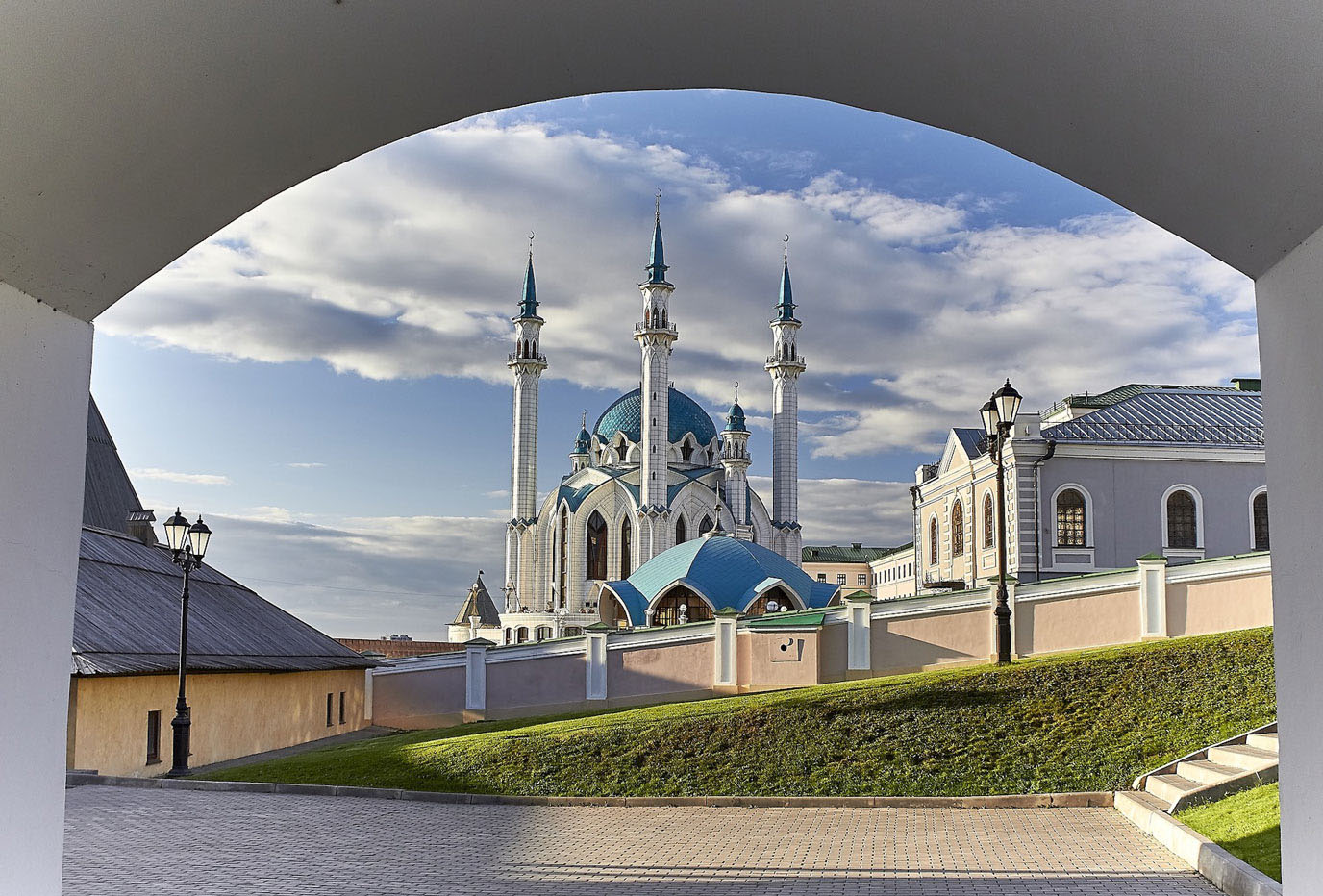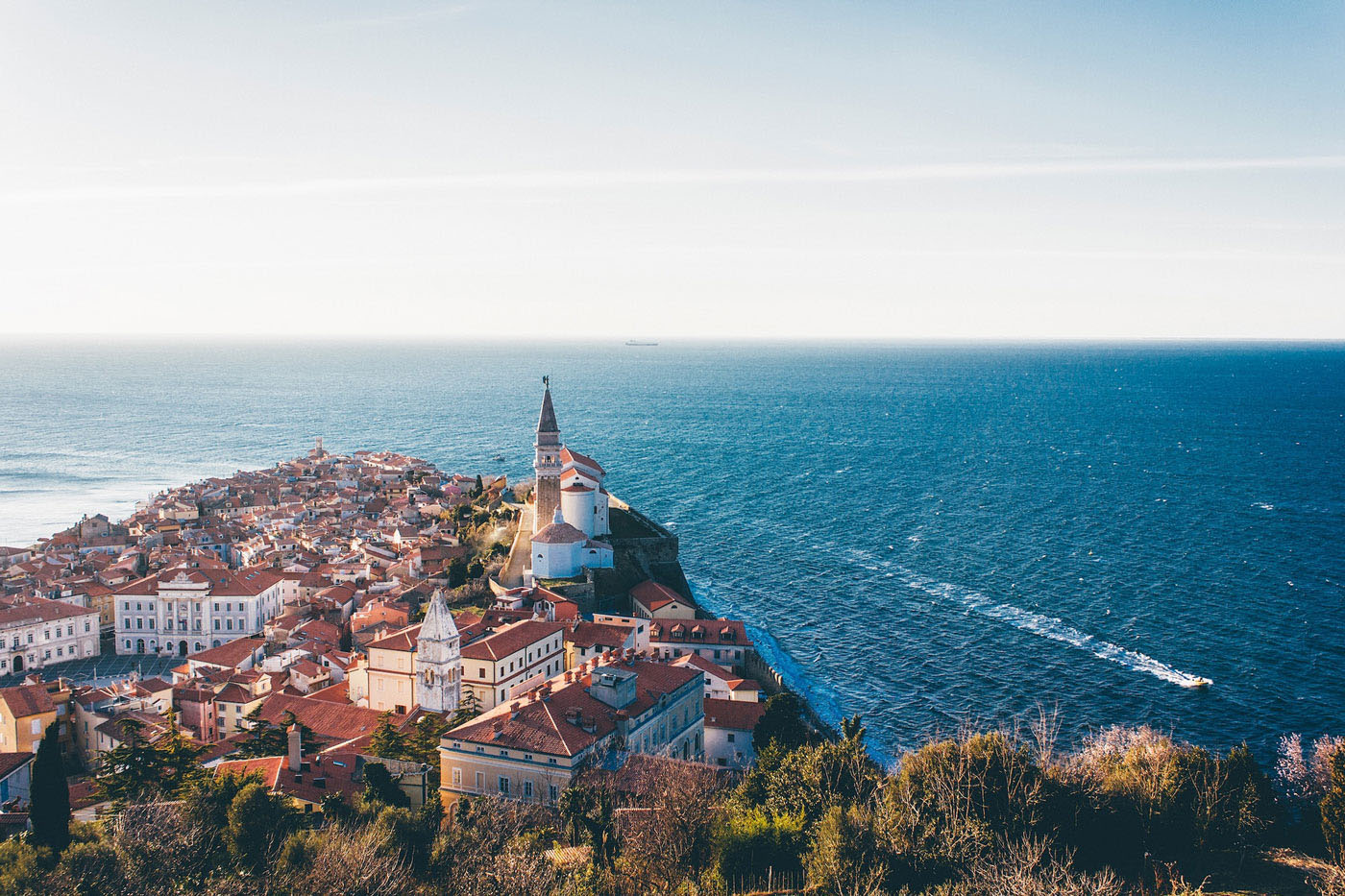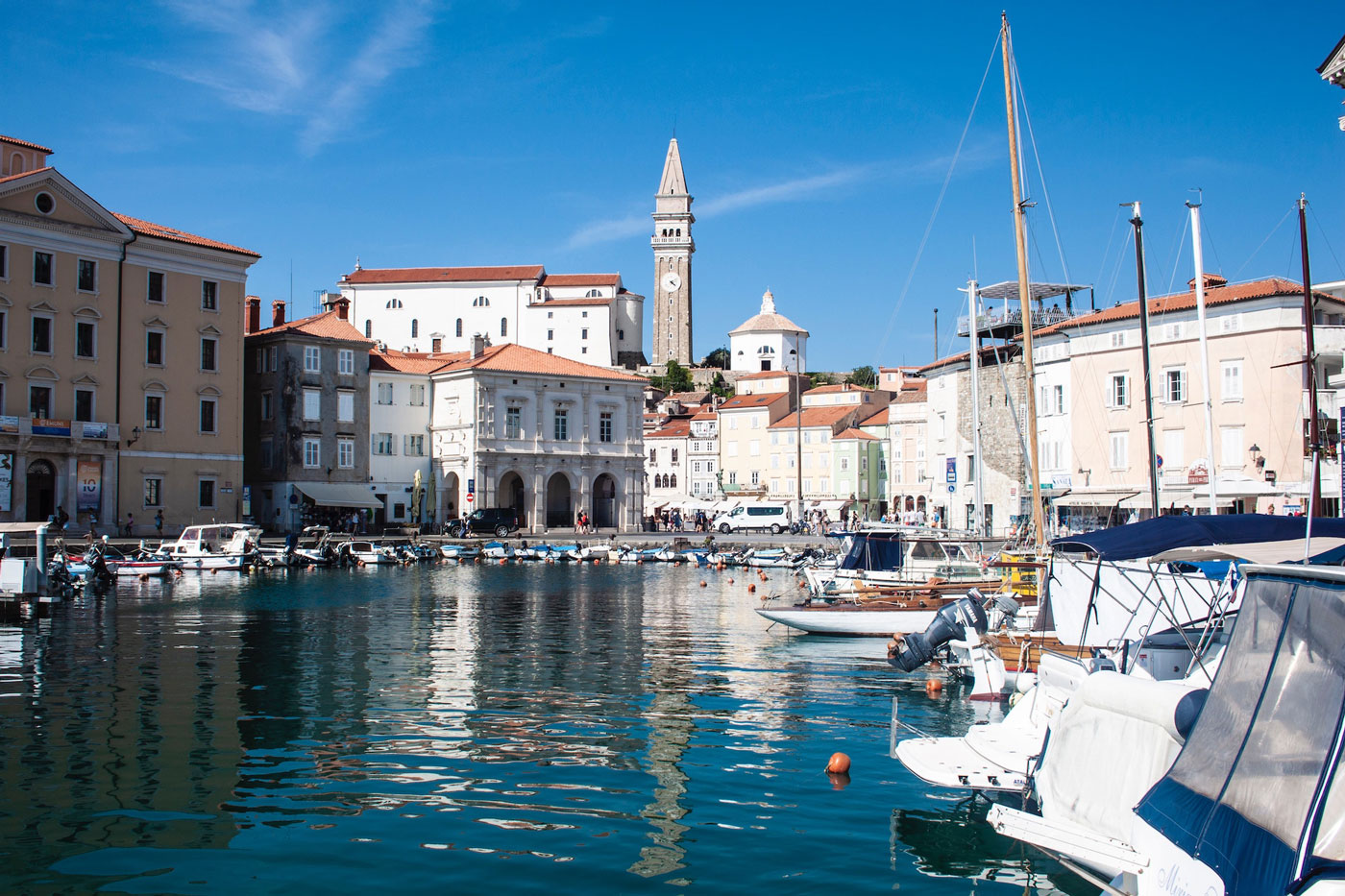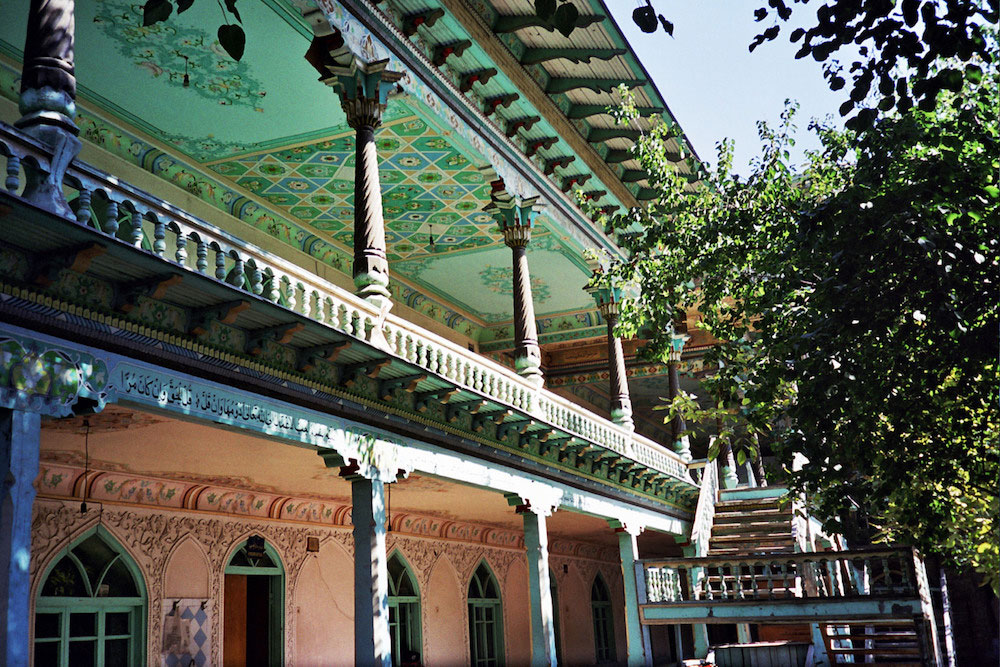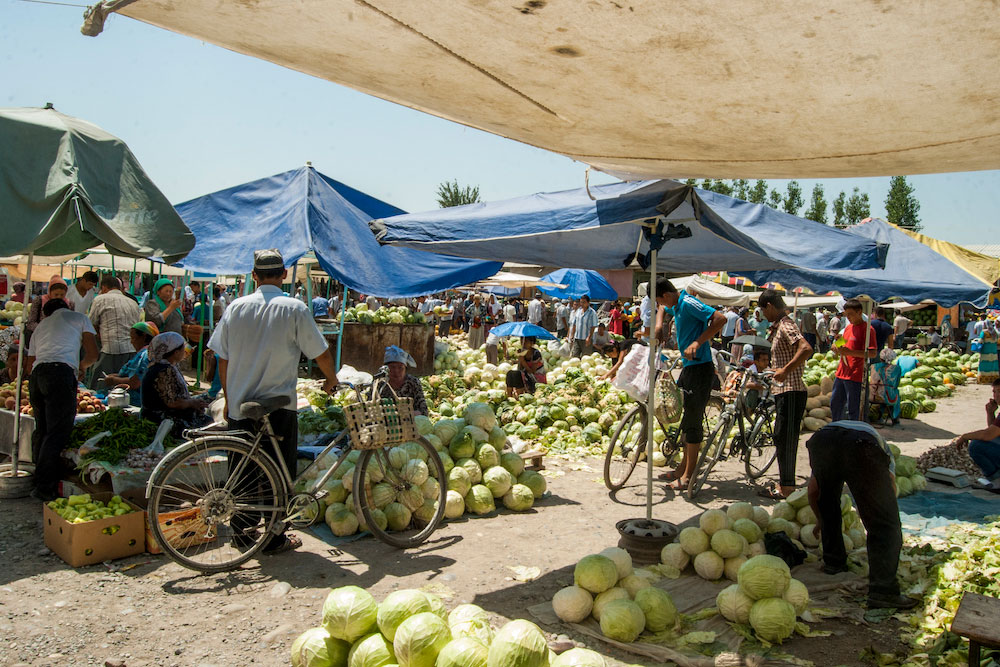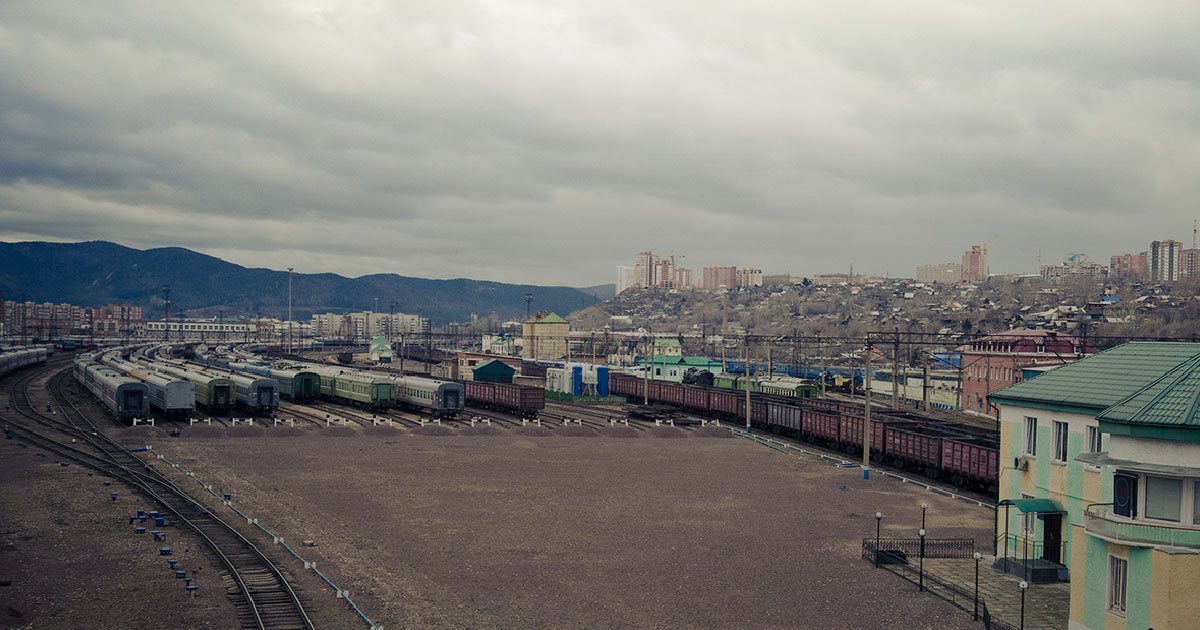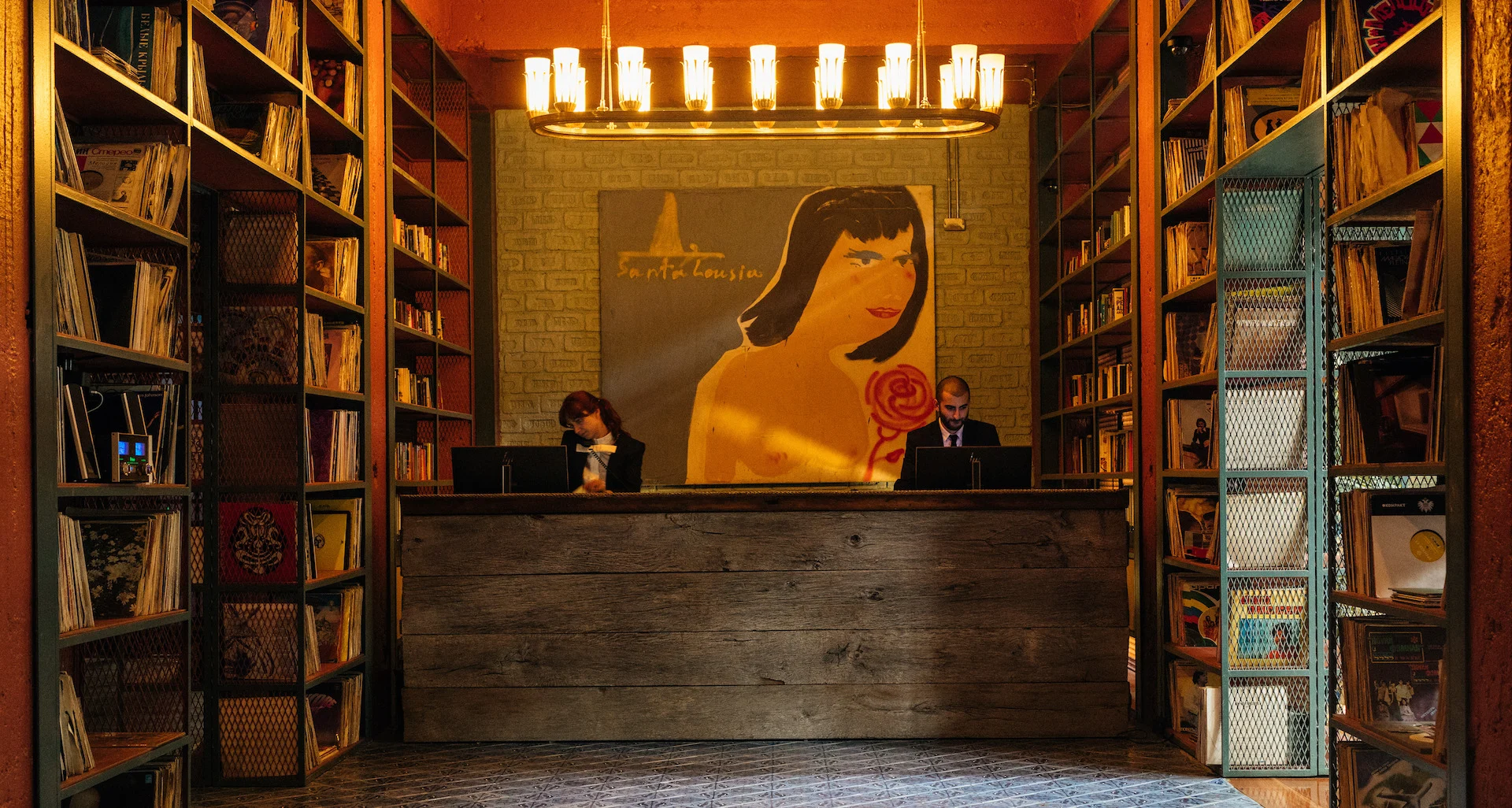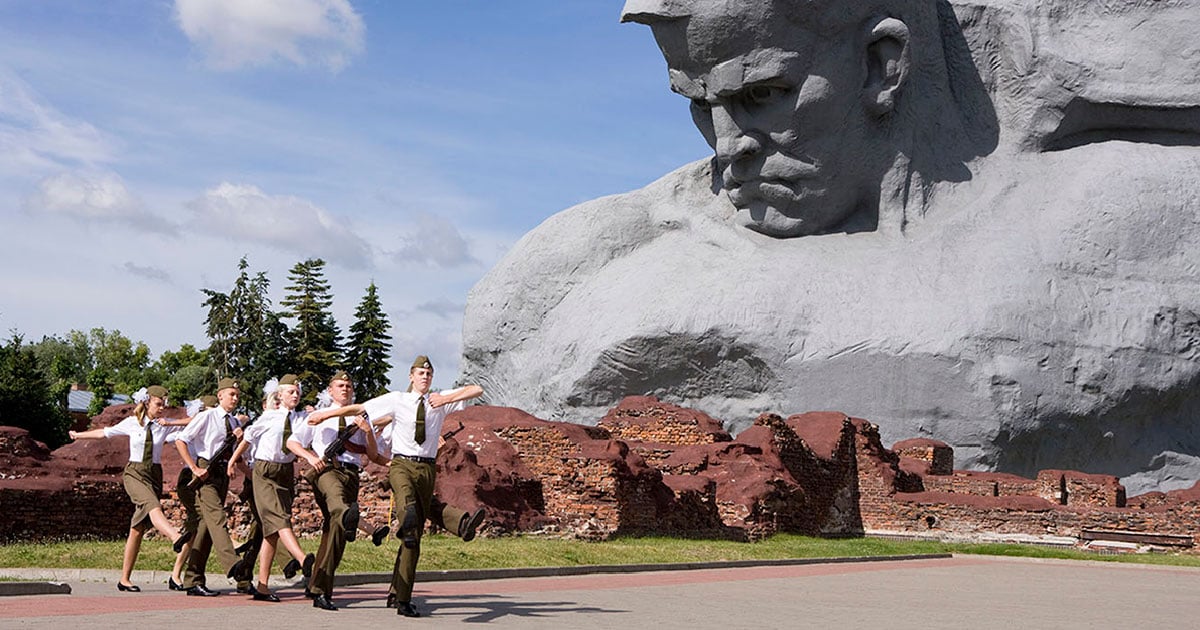Psst, over here! Your guide to the under-the-radar Eastern European travel gems you need to visit in 2020
A new decade means new travel plans — and The Calvert Journal has been scouring the buzzing cities, far-flung forests, bucolic towns, and jaw-dropping landscapes of the New East in search of the destinations not to miss 2020. All you have to do is decide where to go first.
A view into the Alazani valley. Image: Orientalizing/Wikimedia Commons under a CC licence
1. Sighnagi, Georgia
Picture yourself sipping a glass of exquisite Georgian wine while you watch the sunset over 4,250 square miles of rolling vineyards. Tbilisi has been lauded as the “new Berlin” by clubbers, but now is the time for Sighnaghi to take on its mantle as the “Tuscany of the Caucasus”. Perched on a lofty mountain facing the vast Alazani valley, this charming town is situated in the heart of Kakheti, Georgia’s foremost wine region. Book a couple of nights in one of the well-priced local guesthouses and admire the view of the snow-capped Greater Caucasus mountains from the town’s 17th-century walls, as you gradually lose yourself in a whirlwind of cobbled streets and intricately carved wooden balconies. The town’s local wineries are always on hand to delight your tastebuds with rkatsiteli, mtsvane or saperavi wines, mellowed underground in traditional kvevri: beeswax-lined clay vessels. By the time you move on to chacha, Kakheti’s signature grape liqueur, you’ll never want to leave Sighnaghi.
2. Pristina, Kosovo
In Pristina, you have to forget about pre-planned tourist itineraries and cookie-cutter old towns. Here, embrace the chaotic and unpredictable. The whirlwind traffic, mismatched architecture, and cultural mosaic of the Kosovar capital leaves nobody merely indifferent. Fuel up with a Kosovar coffee and a deliciously warm borek, and head out into the city’s wide avenues, narrow alleys, and labyrinthine hills. As you wander through Ottoman mosques and Catholic and Orthodox churches, you’ll be able to marvel at the off-beat design of the National Library of Kosovo, admire Kosovo’s iconic NEWBORN monument, and explore the colourful street art that covers the city’s walls. In the evening, head to Dit’ e Nat’, a bookshop cafe where Kosovo’s creative youth eats, drinks, and parties. If you have a day to spare meanwhile, jump on a public bus and head south to Prizren, exploring the hundreds of Ottoman-style mosques sprinkled on the cobbled streets of Kosovo’s second town.
Mountains in Tatra National Park. Image: Barnyz under a CC license
3. Tatra Mountains, Slovakia/Poland
Calling all nature-lovers and adventure-seekers: the Tatra Mountains is where to find your fix of outdoor delight. Rising from the plains of Poland and Slovakia to the sublime snow-capped pinnacles of the Carpathians, the UNESCO-protected Tatra National Park boasts breathtaking, untouched natural landscapes. The mountains are a year-round attraction, offering kilometers of stunning hiking trails, picturesque ski slopes, charming camping spots and climbing-friendly rock formations. The Polish town of Zakopane, just a two-hour drive from Kraków, is the perfect base for a relaxed nature getaway, but for those in search of a rush, the dramatic hiking trails on the Slovak side of the park are for you. Whether it’s a laid-back picnic, or climbing Gerlachovský štít, the park’s highest peak, the Tatra Mountains are a must-visit for your 2020 travel bucket list.
4. Kazan, Russia
Forget the standard two-week tourist packages to Moscow and St Petersburg: sat on the mighty Volga, the capital of Tatarstan is a fiercely proud city encompassing a fusion of local traditions with a new artistic edge. Aside from the minarets and fortresses of the city centre, which boasts some of Russia’s most magnificent Islamic architecture, there’s also the chance to venture out into what remains of the old Tatar Quarter, take a trip along the Volga, or even take in some great examples of utopian architecture. When it comes to gastronomy, Kazan’s modern and traditional culinary offerings also do not go unnoticed. Sample Tatar delicacies such as echpochmak, hearty meat-filled triangle pastries, kazylyk, thinly sliced dried horse meat, and talkysh kaleve, a delicate honey pastry. In the evening, stroll along Baumana Street. The pedestrian boulevard, which links the Kazan Kremlin and the bell-tower of the Epiphany Cathedral, is the beating heart of this fascinating city.
Sunset over Mount Ararat from Yerevan. Image: Artak Petrosyan under a CC license
5. Yerevan, Armenia
The Armenian capital has too long been unfairly relegated to a weekend destination for travellers heading over from the more popular Tbilisi, or as a mere stopover for tourists heading to the country’s ancient monasteries. In 2020, however, Ryanair is launching four direct flights from Europe to Armenia, meaning there are no more excuses not to visit this pink-stoned city in its own right. Following the Velvet Revolution in 2018, the city has witnessed a radical social and cultural shift, with exclusive design hotels, nouveau Armenian cuisine restaurants, stylish cocktail bars, and creative grassroots initiatives sprouting in every corner of the city. Lose yourself in Kond, Yerevan’s labyrinthic old district, and admire the city’s unique fusion of Middle Eastern, post-Soviet, Persian, and Ottoman influences. At dusk, grab a bottle of Armenian zorah wine, climb to the top of Cascade, a giant limestone staircase, and admire the mesmerising pastel tones of the city in golden hour with the biblical Mount Ararat as your backdrop.
The blue waters of Lake Köl-Suu. Image: Dave Peters under a CC license
6. Lake Köl-Suu, Kyrgyzstan
A haven for nature lovers, this dreamy turquoise lake suddenly appeared in the 1980s following an avalanche in the Tian-Shan range. Perched at 3500 metres high up in the mountains that skirt along the Chinese border, Lake Köl-Suu is a truly off-the-beaten-track destination. Following a six-hour off-road drive from Naryn, a town in central Kyrgyzstan, a further three-hour horse ride with a local guide is needed to arrive at this jaw-dropping alpine mirage. The magnificent blue lake is a great place for kayaking, as well as the starting point for a wealth of stunning hiking trails. Finish your day with an overnight stay at a local yurt camp, about a one-hour horseback ride away from the lake. After a long day traveling and hiking, nothing compares to a hearty plate of plov, Central Asia’s signature rice dish, and a glass of kymyz, a traditional nomadic drink made of fermented mare’s milk, under the starry Kyrgyz sky.
7. Piran, Slovenia
Escape the hoards of Game of Thrones fans in Dubrovnik and exorbitant prices in Venice, and book your summer getaway in Piran, the Mediterranean’s best-kept secret. Perched at the tip of a narrow peninsula overlooking the Adriatic sea, this scenic town oozes pastel-coloured charm. Surrounded by the sea on all sides, Piran offers hundreds of hidden spots for sunbathing and swimming in the salty Adriatic sea. Even making your way to the beach is an adventure: it’s easy to lose yourself in the city’s winding alleyways, nestled under the medieval walls and the town’s carefully preserved Venetian Gothic architecture. When it comes to food, Piran is a melting pot where Italy meets the Balkans for a hedonist beach getaway. Savour Balkan delicacies with a glass of Slovenian wine, before devouring a delicious Italian gelato on Tartini Square, the vibrant heart of this laid-back beach town. Breathtaking sunsets and fresh, affordable seafood — say no more.
Smardan Street in Bucharest. Image: Ștefan Jurcă/Wikimedia Commons under a CC licence
8. Bucharest, Romania
Boasting monumental opulence, a buzzing artistic scene and a youthful cosmopolitan vibe, the Romanian capital is one of Europe’s hottest urban getaways. The city’s epithet as the “Paris of the East” is accurate, to a point. Bucharest’s ubiquitous concrete blocks playfully blend with Austro-Hungarian and Ottoman-style villas, art nouveau buildings and a grandiose Old Town, creating an eclectic architectural mix that can’t be found in the French capital. Admire the Palace of the Parliament, wander around the majestic Old Town, climb up the 27-metre-tall Arcul de Triumf to admire the views, and unwind in Cărturești Carusel, a grandiose 19th-century-style bookstore considered to be amongst the most beautiful in the world. Romania’s wine-producing industry is also thriving, so make sure you have a couple of glasses at dinner before you head out on an evening stroll around this magnificently idiosyncratic city.
The sizeable bust of Vladimir Lenin. Image: Dudergofer/Wikimedia Commons under a CC licence
9. Ulan-Ude, Russia
On the eastern side of the majestic Lake Baikal, the capital of Russia’s Buryat Republic is a place where Russian and Mongolian culture come together. If you can only see one thing, then swing by Lenin’s bust in the city’s main square, claimed to be the biggest in the world. Otherwise, spend your time strolling along the Uda river and marvel at the city’s brightly-painted Buddhist monasteries. Just outside of the city, you can also visit the colourful wooden houses of the Old Believers, a community exiled to Siberia following 16th-century reforms by the Orthodox Church. Make sure you experience the other-worldly sounds of khoomei, also known as throat or overtone singing, a Mongolian singing tradition which replicates the breeze blowing across the vast steppe, or a river rushing down the taiga. Tucked away in small corners of the city you will find the posnaya, tiny traditional Buryatian restaurants where you can savour the local cuisine. There is nothing like a plate of heartwarming posy, Buryat dumplings stuffed with ground meat, and a warm glass of Mongolian milk tea, to fight the cold Siberian wind.
10. Fergana Valley, Uzbekistan/Kyrgyzstan/Tajikistan
An oasis is an otherwise dry and arid area of Central Asia, this lush valley is a fascinating palimpsest of cultures at the heart of the Silk Road. Spreading across the borders of Kyrgyzstan, Uzbekistan, and Tajikistan, the Fergana Valley may not be as architecturally spectacular as Samarkand or Bukhara, but it boasts a fascinating tapestry of overlapping histories. Take a shared taxi from Tashkent, Uzbekistan, or Osh, Kyrgyzstan’s second biggest town, and wander around the labyrinthic bazaars that sprawl across the landscape, vestiges of the valley’s centuries-old trading tradition. If you love art, then the Yodgorlik silk factory in Margilan, the deep blue ceramic workshops of Rishton, and the knives and skull caps workshops in Chust are all must-visit destinations for an insight into local craftwork. Otherwise, wander around the cities of Kokand and Namangan and admire ancient mosques, madrasas, and Uzbek mahallas, where you’ll have the privilege of being the only tourist in sight.
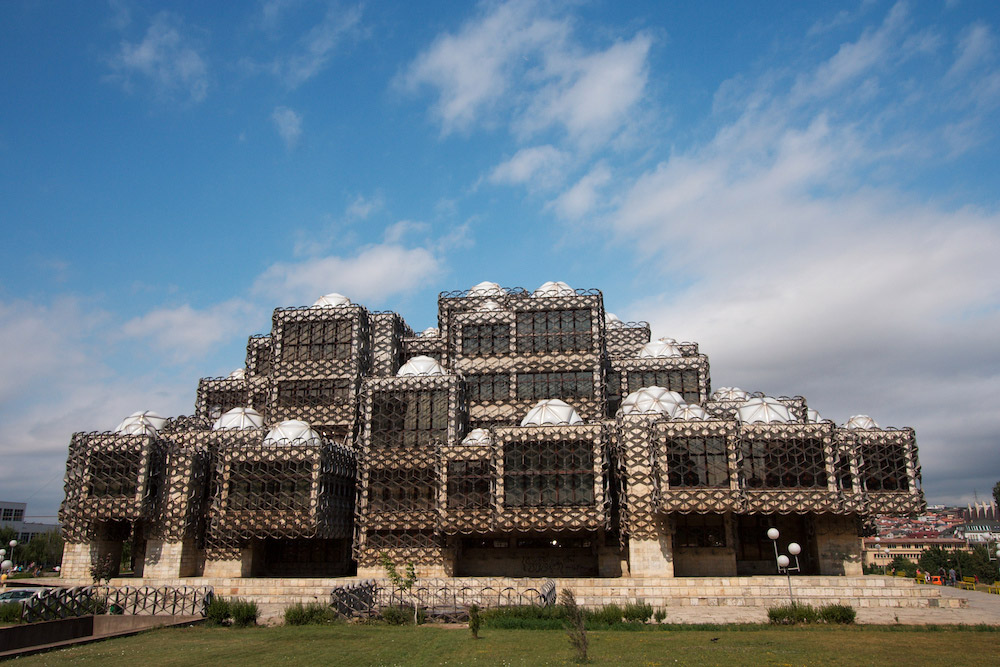
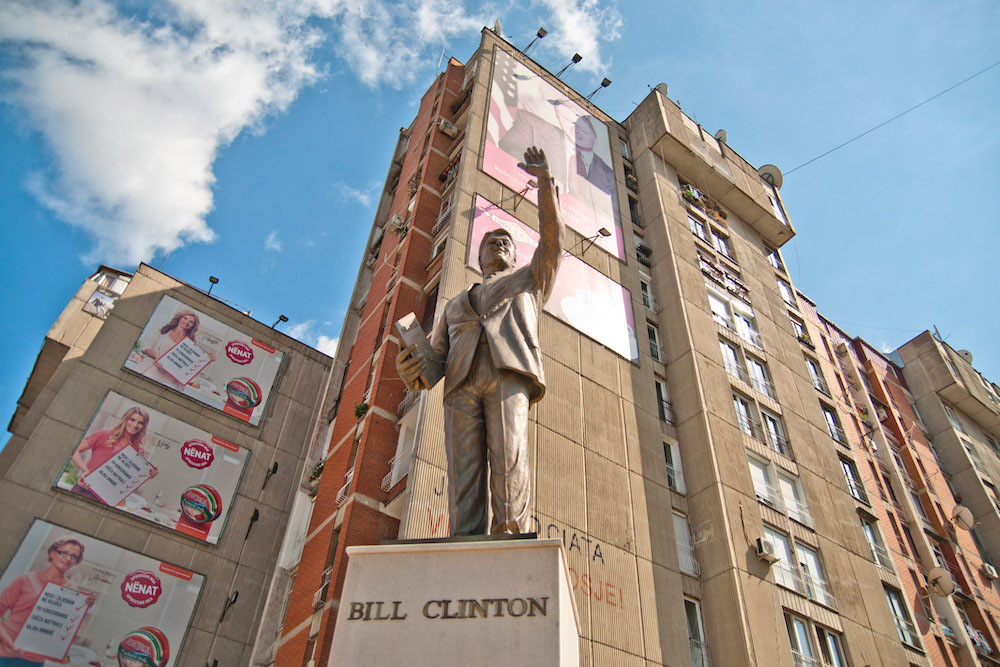
.jpg)
